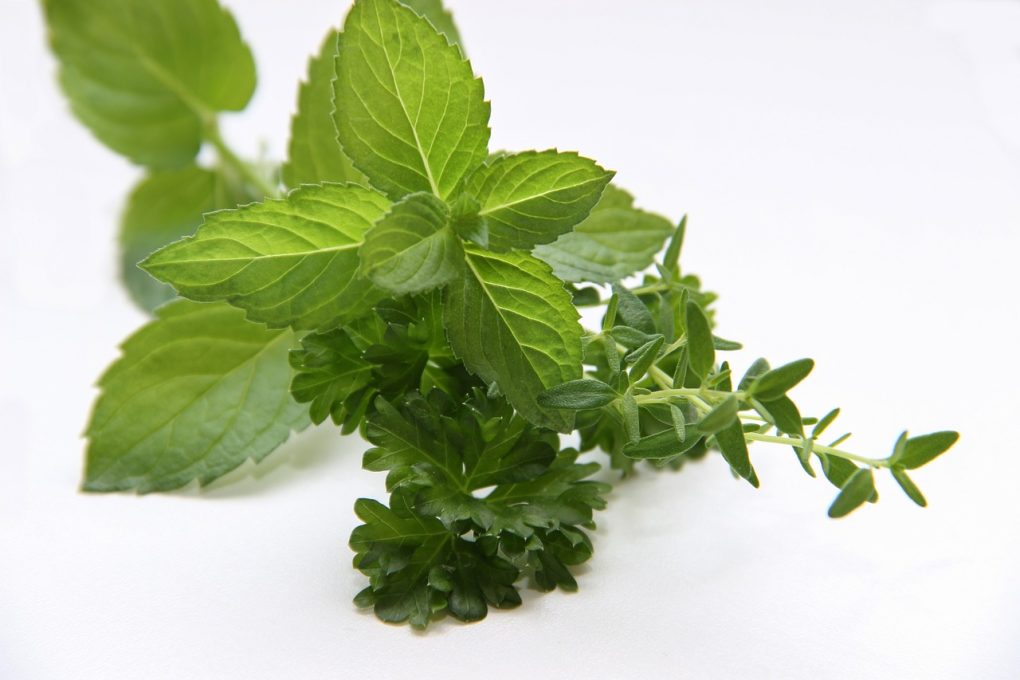
A lawn’s health and beauty depend on using the right type of fertilizer. Homeowners may be wondering whether to use coffee grounds or traditional lawn fertilizers to achieve the best results. In this blog post, we will compare coffee grounds vs traditional lawn fertilizers and determine which is the better option.
What are Coffee Grounds?
Coffee grounds are the leftover waste from making coffee that contains natural nitrogen.
They can be used as a natural fertilizer for use on lawns, plants, and gardens. Coffee grounds are also a great source of organic material for composting.
What are Traditional Lawn Fertilizers?
Traditional lawn fertilizers are chemical-based products used to provide nutrients to grass and plants.
These fertilizers contain various combinations of nitrogen, phosphorus, and potassium. They also often contain trace elements that are beneficial to lawns, such as iron, zinc, sulfur, and magnesium.
Coffee Grounds vs Traditional Lawn Fertilizers: Which Benefit Lawns
How Do Coffee Grounds Benefit Lawns?

Coffee grounds are an excellent source of nitrogen, which helps grass grow healthy and lush.
The grounds also improve soil texture and drainage, making it easier for roots to access nutrients and water. The grounds also help prevent weed growth by smothering them in the soil.
Nitrogen Source
Coffee grounds are rich in nitrogen, which is a crucial nutrient for plant growth. When used as a lawn amendment, coffee grounds provide a natural source of nitrogen, promoting healthier and greener grass.
Organic Matter and Soil Structure
Coffee grounds contribute to the organic matter content of the soil. Incorporating them into the lawn helps improve soil structure, increasing its ability to hold water, nutrients, and air. This enhances root development and overall lawn health.
Microbial Activity
Coffee grounds support beneficial microbial activity in the soil. Microorganisms break down the organic matter in the coffee grounds, releasing nutrients and improving nutrient availability to the grass roots. This can lead to improved nutrient uptake and overall lawn vitality.
pH Adjustment
Coffee grounds are slightly acidic. Applying them to lawns can gradually lower the soil pH, which can benefit grass varieties that prefer acidic conditions. However, it’s important to use coffee grounds in moderation to avoid excessively acidifying the soil, as some grass types thrive in neutral or alkaline pH levels.
Pest Repellent
Coffee grounds contain compounds like caffeine and have an abrasive texture, which can act as a natural deterrent to pests such as slugs, snails, and ants. Sprinkling coffee grounds around the lawn can help discourage these pests from damaging the grass.
How Do Traditional Lawn Fertilizers Benefit Lawns?

Traditional lawn fertilizers provide a quick and easy way to give lawns the nutrients they need to stay healthy and green.
The nitrogen content of these fertilizers helps grass grow thick and lush. The other trace elements found in traditional fertilizers can also help grass resist disease and pests.
Nutrient Supply
Lawn fertilizers are specifically formulated to provide a balanced mix of essential nutrients such as nitrogen (N), phosphorus (P), and potassium (K). These nutrients are crucial for healthy plant growth, including grass. Fertilizers help replenish nutrient levels in the soil, ensuring that grass has access to the necessary elements for vigorous growth.
Targeted Nutrient Ratios
Different fertilizers offer varying ratios of nitrogen, phosphorus, and potassium, known as NPK ratios. This allows for specific nutrient targeting based on the needs of the lawn. For example, fertilizers with a higher nitrogen content promote lush leaf growth, while those with higher phosphorus levels encourage root development and flower production.
Controlled Release
Many lawn fertilizers are designed for controlled release, meaning they gradually release nutrients over an extended period. This slow-release feature ensures a steady and sustained nutrient supply to the grass, reducing the risk of nutrient imbalances and minimizing the potential for nutrient runoff or leaching into waterways.
Enhanced Color and Density
Properly applied lawn fertilizers can contribute to improved color, density, and overall appearance of the grass. Nitrogen, in particular, plays a significant role in promoting vibrant green color and encouraging healthy, dense growth, resulting in a lush and visually appealing lawn.
Weed and Pest Control
Some lawn fertilizers may contain additional components such as herbicides or pesticides, targeting common lawn weeds or pests. These additives can help control unwanted vegetation or address specific pest issues, reducing competition for resources and minimizing damage to the grass.
Pros and Cons of Coffee Grounds
The primary benefit of using coffee grounds is that they are a natural and sustainable source of fertilizer.
They are also free and readily available. The downside of using coffee grounds is that they must be applied more often than traditional fertilizers to achieve desired results.
Pros and Cons of Traditional Lawn Fertilizers
Traditional lawn fertilizers are effective and easy to use.
They are also available in many different forms, so you can choose the type that works best for your lawn. The downside of traditional fertilizers is that they contain chemicals that may be harmful to the environment.
What is the Best Choice?
When it comes to choosing between coffee grounds and traditional lawn fertilizers, there is no one-size-fits-all answer. The best choice depends on your individual needs and preferences.
If you prefer a natural and sustainable fertilizer, then coffee grounds may be the best option.
On the other hand, if you want a quick and easy solution, then traditional lawn fertilizers may be the way to go.
Conclusion
Coffee grounds and traditional lawn fertilizers both have their advantages and disadvantages. Ultimately, the best choice depends on your individual needs and preferences.
Whichever one you choose, make sure to follow the instructions for use and apply the fertilizer properly to achieve the best results.





